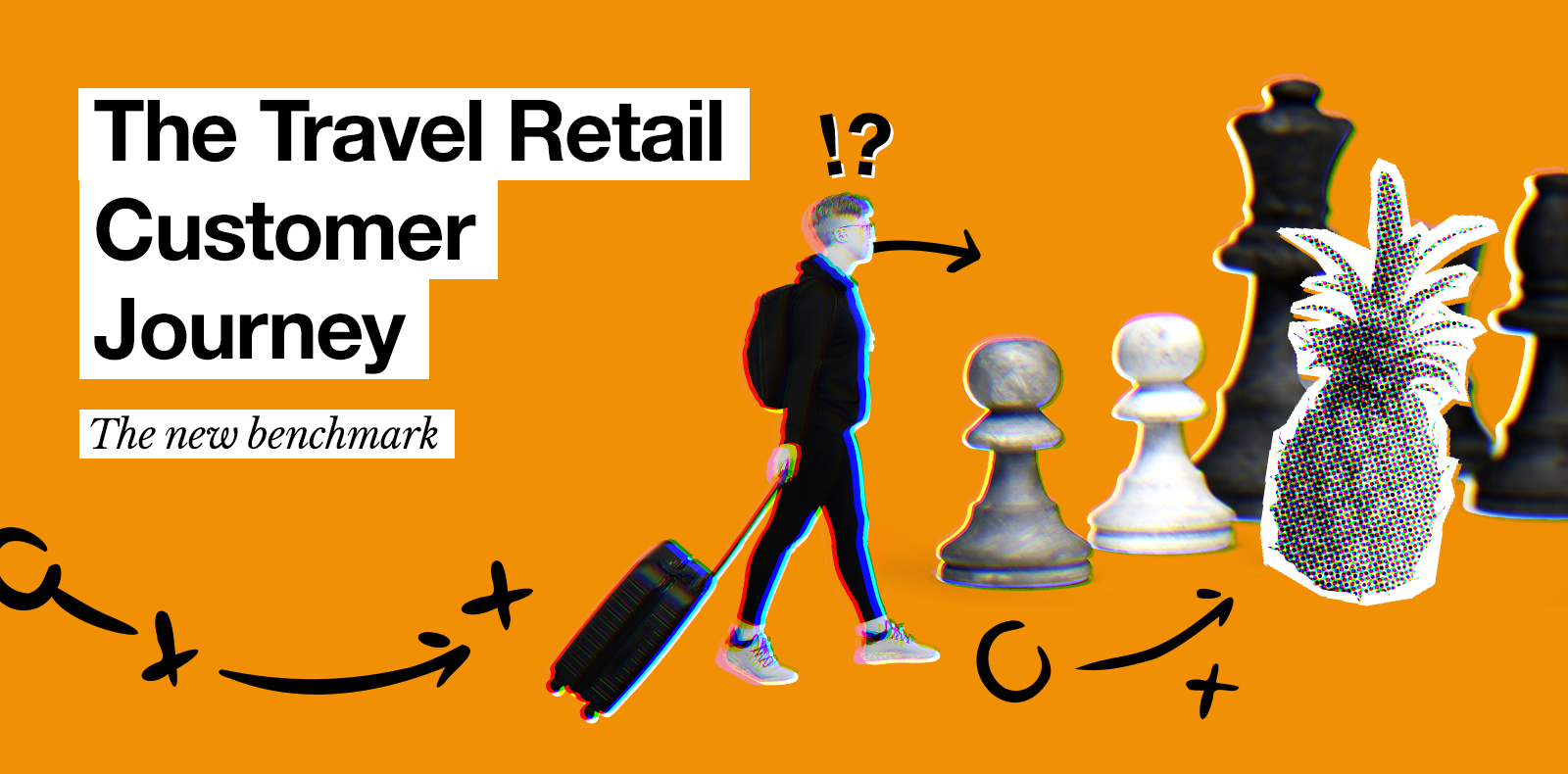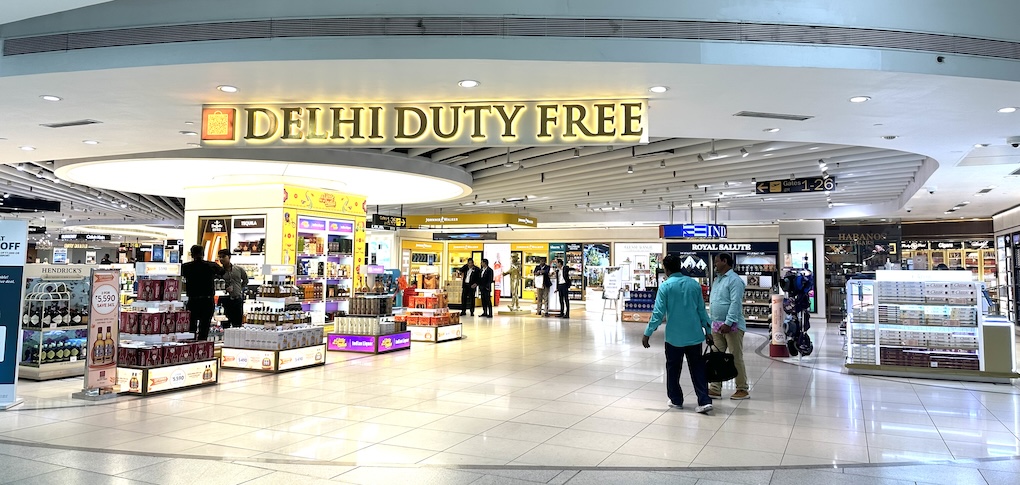
Welcome to the latest in a series of explainers by marketing, brand activation and customer experience specialist CircleSquare, this time focusing on the new customer journey.
The pandemic has been brutal for travel retail, but at least one positive came out of it. Driven by the duty free market boom in Hainan, brands have started to innovate with their customer engagement campaigns, setting a new benchmark for the channel.
This month we will be diving into the Travel Retail Customer Journey and its evolution in response to the shock of the pandemic, before taking a closer look at what makes a successful integrated customer journey in the post-pandemic age.
Covid as a driver of change
- The crisis finally provoked a move toward digitalisation of the customer journey. Driven by much lower footfall, brands and retailers have started to experiment with digital engagement to maximise awareness, drive-to-store or conversion. Two years later, we see significant investments in digital initiatives that lead to engaging O+O (online + offline) customer journeys.
- Blurring of travel retail and local markets. Covid has weakened the ability of brands and operators to offer standalone travel retail strategies. As a result, brands have begun to initiate, via digital layers, conversations and engagement with consumers in ways that are more aligned with local market practices and consistent across channels.
- Shift in focus from sales to customer acquisition. Travel retail is increasingly becoming a strategic customer acquisition channel for leading brands, with first-party data collected and passed on to local market CRMs and loyalty programmes.
- Autonomy of consumer engagement. Fluid offline and online engagement has become the norm for consumers in local markets. They choose when where and how they interact with brands across multiple touch-points. Brands and operators increasingly recognise this and are starting to cooperate across ecommerce and physical point of sales.
Hainan defines the new model TR Customer Journey
Travel came to a standstill, and so too did travel retail, with one major exception: the island of Hainan became the beating heart of travel retail both in terms of sales and – equally importantly – innovation.
Many brands capitalised on the market-specific opportunities offered in Hainan with innovative campaigns, which have led to the framework of travel retail customer journeys in the post-pandemic age (see benchmarks below).

With the gradual recovery of traffic outside Asia Pacific, brands need to start thinking about how to adapt the strategies and customer journeys implemented in Hainan to other geographies. While not all elements of the new model are directly exportable to an international environment, many elements can be emulated or evolved to comply with differing consumer behaviour and expectations.

Key elements of successful TR customer journeys
So what can we learn from the wave of experimentation that over the past two years in Hainan? From pre-trip engagement to conversion and loyalty, there are a number of key elements that need to be carefully thought through to build integrated customer journeys and deliver those all-important deeper emotional connections between customers and brands.
Touchpoint strategy
The big, disruptive idea for your next campaign, often the only object of a brief, is only the start of the journey. Putting yourself in your customers’ shoes along the entire journey is equally important to deliver an engaging experience.
All too frequently, brands include a multitude of touchpoints along the journey, all trying to engage customers in different ways without an overarching strategy. Like so much in life, less is more. What are you trying to achieve with your consumer journey? Is it awareness or conversion based?
Good touchpoints should serve an aligned set of strategic objectives and be complementary to each other but be capable of completing their segment of the customer journey as independently as possible (see the above point about autonomy).
Low friction
Friction refers to anything that causes your customers to hesitate as they move through their journey. This is a well understood phenomenon in digital experiences (think registration forms that take too much time to complete) but it holds equally true for physical engagement.
High friction customer journeys have high drop-off rates. That sounds obvious but is often not considered properly. If you want a consumer to spend more than a few minutes engaging with any step of their journey, they need to be rewarded accordingly – in terms of the richness and density of the experience and the short- and long-term benefits they have access to.
In travel retail, in-store touchpoints need to be low-friction and easy to understand and complete – dwell-times are short. The digital extensions of the journey are where your customers can be engaged repeatedly and persistently, leveraging the ‘non location specific’ nature of the engagement to offer more time-consuming touchpoints.
Visual consistency & balance
The principles of consistent visual cues, design motifs and messaging are well understood by marketers: the whole journey, from pre-trip media, O+O, POS, packaging and loyalty, needs to be unified and integrated.
However, an equal emphasis needs to be placed on the efficiency of customer journeys. How much time are we asking customers to play this game? What is the conversion rate for the game objective? Is it intuitive and easy to understand for an international audience?
All of these and more are questions that should be considered from the perspective of the entire journey to ensure a seamless and effective customer experience.
The unexpected
No customer journey can be successful without a sense of the unexpected. Surprise is at the heart of disruption – for new entrants and established brands alike.

One of our first early successes at CircleSquare was our work for Hendrick’s gin (above). Faced with significant category competition for a new entrant, we built a strategy and campaign that were centred entirely around surprising and unexpected experiences to conquer the last five metres.
What was true in the pre-digital TR age is just as relevant today: surprise very often goes hand in hand with engagement, whether in store or on your phone.
We would love your feedback and to initiate a dialogue with you. You can reach us on this topic or any other here: getintouch@circle-square.com
*This article first appeared in The Moodie Davitt eZine, June edition. Click here for access.





